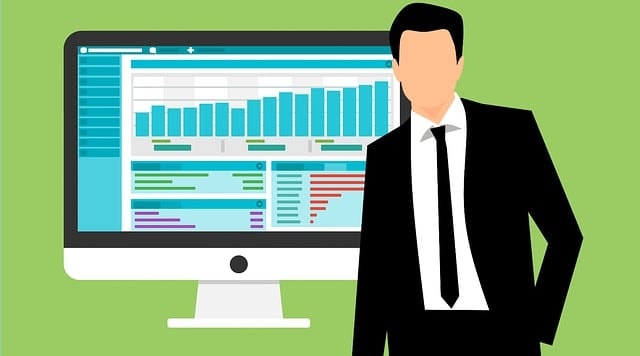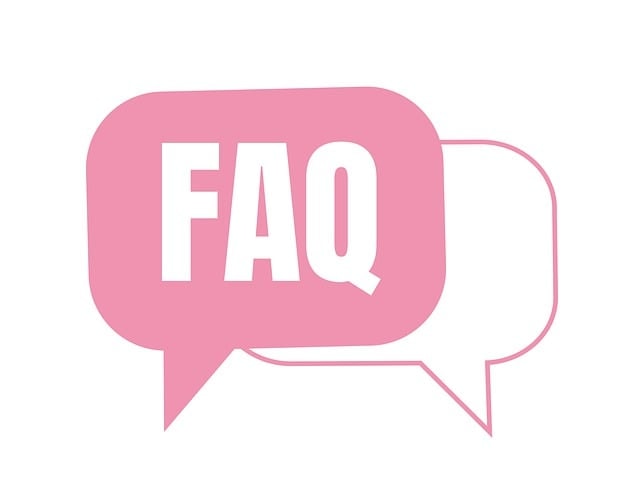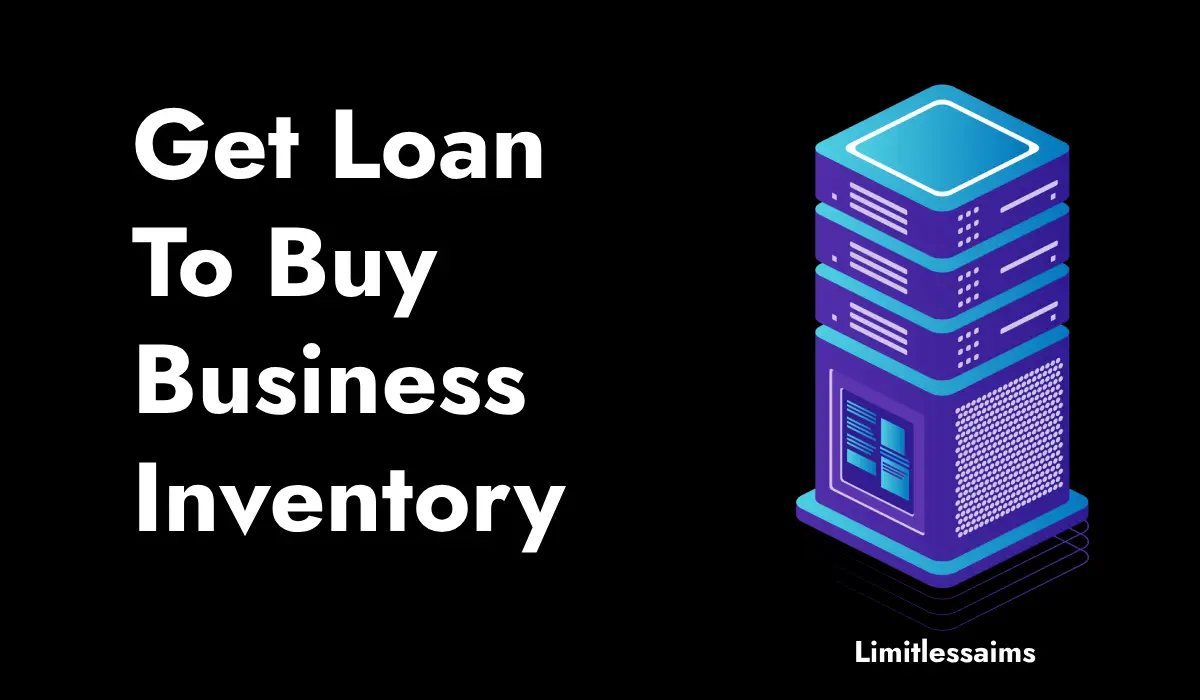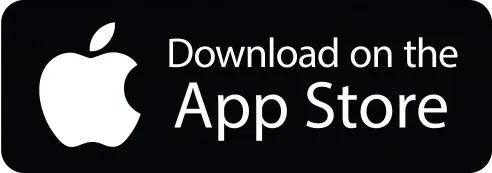You can feel starting a new business as exciting, but it is also expensive when you have to buy business inventory. One of the big costs for many businesses is buying inventory. Inventory is the stuff that you sell to your customers, like clothes for a clothing store or books for a bookstore. Sometimes, businesses don’t have enough money to buy all the inventory they need.
That’s where getting a loan can help. A loan is money that you borrow from a company, lender or person and agree to pay back later, usually with a little extra money called interest within a decided time limit. Here’s a guide on how to get a loan to buy business inventory, explained in simple steps.

Step 1: Understand Why You Need a Loan
Before you go to a bank or another lender, you need to understand why you need the loan. for example: Maybe your business is growing, and you need more inventory to keep up with customer demand.
Or perhaps you want working capital to buy inventory at a lower price now so you can make more profit later. Knowing exactly why you need the money will help you explain your reasons to the lender.
Step 2: Calculate How Much Money You Need
Once you know why you need a loan, figure out how much money you need. Make a list of the inventory items you want to buy and their costs. Add up all the prices to get a total amount. Don’t forget to include other costs, like shipping or storage. It’s important to borrow only what you need so that you can pay it back more easily.
Step 3: Check Your Credit Score
Your credit score is a number that is the demonstrates of your regularity to pay back money that you have borrowed from the lender or bank. Banks and lenders look at your credit score to decide if they should give you a loan.
If your credit score is high, it means you are good at paying back money on time. If it’s low, you might have a harder time getting a loan. You can check your credit score online for free on many websites.
Step 4: Explore Different Loan Options
There are different types of loans you can get to buy business inventory. Here are a few common ones:
Bank Loans:
These are loans you get from a bank. They usually have lower interest rates, but they can be harder to get, especially if your credit score is low.
Online Lenders:
These lenders operate over the internet. They might charge higher interest rates, but they are often more flexible and faster than banks.
You can use a credit card to buy inventory. This is like a short-term loan. If you pay back the money quickly, it can be a good option. But if you take too long, the interest can add up.
SBA Loans:
The Small Business Administration (SBA) offers small business loans. These loans have low interest rates and long repayment terms, but they can be difficult to qualify for.
Step 5: Prepare Your Loan Application
When you apply for a loan, you need to show the lender that you can pay back the money. Here’s what you’ll need to include in your loan application:
Business Plan:
This is a document that explains what your business does, how it makes money, and how you plan to grow. It should also include details about the inventory you want to buy and how it will help your business.
Financial Statements:
These are documents that show how much money your business makes and spends. The financial documents that most of the lenders and banks ask to submit include balance sheets, income statements, and flow statements.
Credit Score:
A crucial component of your loan application is your credit score, which provides lenders with insight into your financial reliability and history of repaying borrowed funds. A strong credit score can significantly enhance your chances of securing a loan with favorable terms by demonstrating your trustworthiness as a borrower.
Personal Information:
In addition to your credit score, you may need to provide detailed personal financial information, such as tax returns and bank account statements. This information helps lenders assess your overall financial situation and ability to repay the loan, ensuring they have a comprehensive understanding of your financial standing.

Step 6: Submit Your Application and Wait
After you’ve prepared your application, submit it to the lender. This can usually be done online, by mail, or in person. After you submit your application, you’ll need to wait for the lender to review it. This can take a few days to a few weeks. During this time, the lender might ask you for more information or documents.
Step 7: Review the Loan Offer
If the lender approves your loan, they will send you a loan offer. This offer will include the amount of money you can borrow, the interest rate, and the repayment terms. Review this offer carefully. Make sure you understand how much you will need to pay back each month and for how long. If you have any questions, ask the lender before you accept the offer.
Step 8: Accept the Loan and Buy Your Inventory
If you’re happy with the buyer or loan offer, accept it. The lender will then give you the money. Use this money to buy the inventory you need for your business. Be sure to keep track of your spending and save all receipts.
Step 9: Repay the Loan
After you get the loan, you’ll need to start repaying it according to the terms you agreed on. Make sure you pay on time every month. If you have trouble making the monthly payments due, talk to your lender right away. They might be able to help you by adjusting the repayment terms.
Getting a loan to buy business inventory can be a smart move if you need more products to sell. Just make sure you understand why you need the loan, how much you need inventory loan for, and what your options are.
Prepare a strong loan application, and be ready to repay the loan on time. With careful planning and good money management, a loan can help your business grow and succeed.
Step 10: Keep Track of Your Inventory
Once you have bought your inventory, it’s important to keep track of it. This means knowing how much of each item you have, where it is stored, and when you need to order more. You can use a notebook or a computer program to help you with this. Keeping track of your inventory helps you meet customer demand and avoid having too much or too little stock.
Step 11: Manage Your Cash Flow
Managing your cash flow means keeping an eye on the money coming in and going out of your business. Make sure you have enough money to pay for new inventory, bills, and loan payments. You can do this by making a budget and sticking to it. If you find that you’re running low on money, think about ways to cut costs or increase sales.
Step 12: Learn from Experience
As you continue to buy and sell inventory, you will learn what works best for your business. Pay attention to what sells quickly and what doesn’t. This will help you make better decisions in the future. If you make a mistake, don’t worry—everyone makes mistakes. Learn from them and keep improving your business.
By following these steps, you can successfully buy business inventory and grow your business. Remember to be patient and stay organized.

Types of Inventory Buying
When it comes to buying inventory for your small business loan amount, there are several approaches you can take, each with its own advantages and considerations. Understanding these types can help you make informed decisions that align with your business model and customer demand.
Bulk Buying
Bulk buying involves purchasing large quantities of inventory at once. This approach can lead to cost savings due to volume discounts, inventory financing and reduced shipping costs. However, it requires significant upfront capital and storage space, making it suitable for businesses with stable demand and ample warehouse capacity.
Just-In-Time (JIT) Buying
The Just-In-Time method focuses on purchasing inventory only as needed for production or sales. This minimizes storage costs and inventory turnover and reduces the risk of excess inventory. However, it requires precise demand forecasting and reliable suppliers to avoid stockouts, which can impact customer satisfaction.
Consignment Buying
With consignment buying, suppliers retain ownership of the inventory until it is sold. This financing approach reduces the financial risk for the business owner, as payment is only made for items that are sold. It is particularly beneficial for businesses with limited capital or those testing new products in the market.
Drop Shipping
Drop shipping is a modern inventory strategy where the business does not hold any physical inventory. Instead, customer orders are fulfilled directly by the supplier. This method eliminates the need for storage and reduces upfront costs, but it relies heavily on supplier reliability and can result in lower profit margins.
Seasonal Buying
Seasonal buying involves purchasing inventory based on expected demand during specific seasons or holidays. This approach helps businesses and retailers capitalize on peak sales periods but requires careful planning and market analysis to avoid overstocking or understocking.
By understanding and selecting the right type of inventory buying for your business, you can optimize your inventory management, improve cash flow, and better move inventory loans meet customer demand.

Frequently Asked Questions
How much does inventory cost for a small business?
The value and cost of inventory for a small business can vary widely depending on the type of products, the quantity needed, and the supplier’s pricing. Factors such as quality, demand, and shipping costs also play a role. It’s essential for business owners to conduct thorough research and negotiate with suppliers to get the best deals.
How to purchase inventory?
Purchasing inventory involves several steps. First, assess your business needs and customer demand to determine what and how much inventory to buy. Next, research suppliers and compare prices to find the best options. Place purchase orders with chosen suppliers and arrange for payment and delivery. It’s crucial to maintain good relationships with suppliers for future negotiations.
Is buying inventory a business expense?
Yes, buying inventory is considered a business expense. It is recorded as an asset on the balance sheet until the inventory is sold, at which point it becomes part of the cost of goods sold (COGS) on the income statement. This process helps in determining the profitability of the whole business line.
What is the cost of buying inventory?
The cost of buying inventory includes the purchase price of the goods, shipping and handling fees, and any additional costs such as import duties or taxes. Business owners should also consider storage costs if the inventory needs to be kept in a warehouse. Effective inventory management can help business assets minimize these costs and improve cash flow.


 Read More
Read More 





One Response